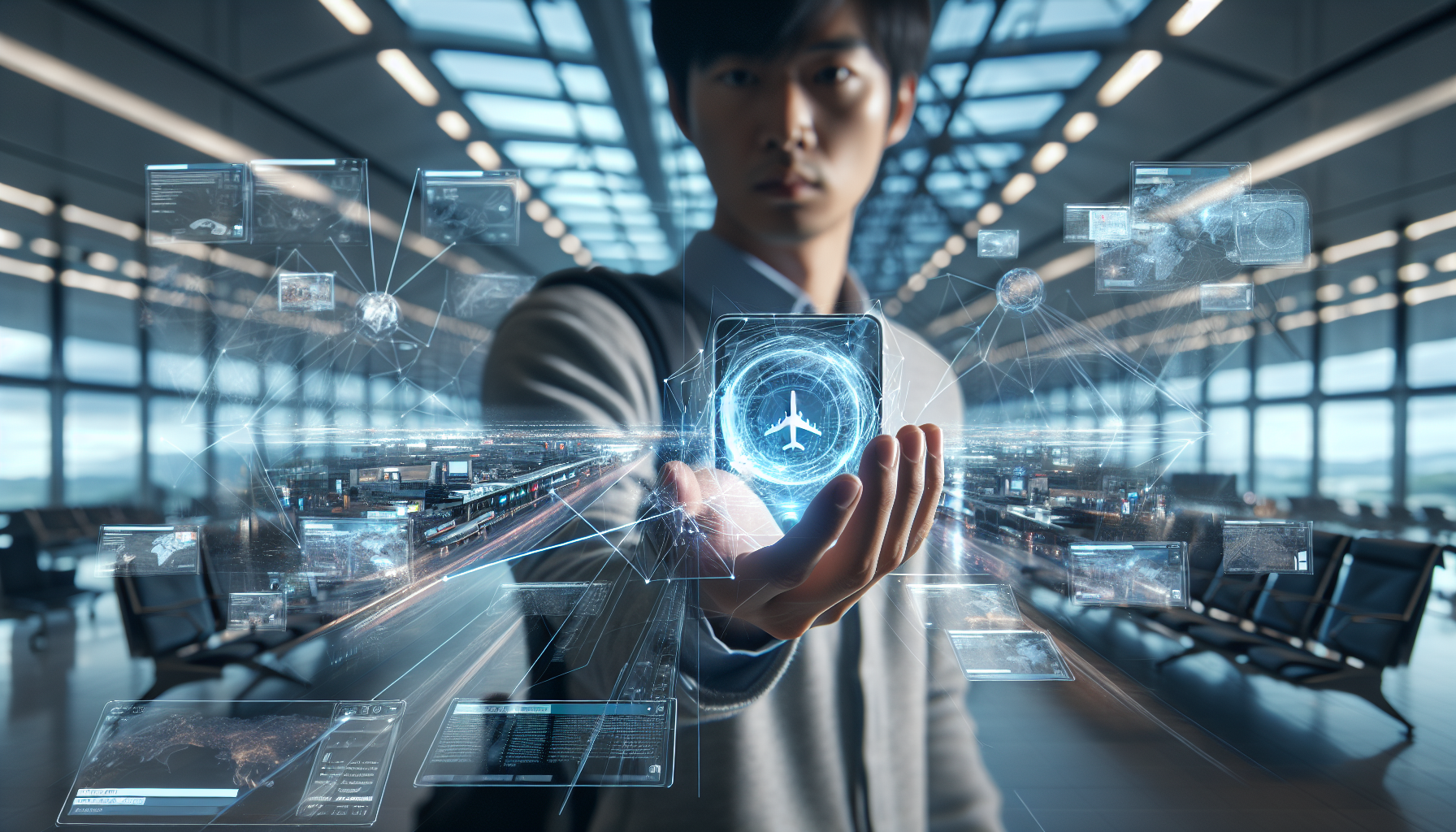The Role of Augmented Reality in Enhancing Travel Experiences
Augmented Reality (AR) is transforming the travel industry by enhancing the overall travel experience. By integrating digital information with the physical world, AR offers travelers immersive experiences that engage the senses, create memorable interactions, and enrich knowledge about the destinations they visit. In recent developments, AR applications are becoming commonplace across various facets of travel, from navigating airports to exploring local attractions.

Augmented Reality in Tourism: A New Standard
Recent initiatives, such as Yas Island’s Metaverse, illustrate how AR is setting new standards in tourism. The immersive experiences offered through this platform allow visitors to explore iconic attractions in a virtual environment before arriving. Features include tailored digital tours that provide information about history, culture, and cuisine, thus enhancing both anticipation and engagement.
- Immersive Pre-Visit Experiences: Virtual tours enable potential travelers to experience destinations in depth.
- Interactive Events: AR events offer real-time engagement to visitors, enhancing both entertainment and educational aspects.
Enhancing Airport Experiences with Digital Solutions
The airport experience has also evolved considerably thanks to AR technology. Airports in the Asia-Pacific region, including those in Singapore and Hong Kong, are incorporating AR into their operations. This includes features that help passengers navigate terminals using AR overlays on their devices, reducing stress and improving efficiency.
- Navigation Tools: AR applications guide travelers from check-in to boarding.
- Information Accessibility: Real-time updates on flight statuses and gate changes can be presented through AR.
Exploration and Discovery Through AR
Once travelers reach their destination, AR serves as a powerful tool for exploration. Applications enable users to point their devices at landmarks to receive information, historical context, and even interactive experiences that enhance understanding and engagement. For example, travelers can use AR to see reconstructions of how historical sites looked at their peak.
Restaurants and local businesses are also leveraging AR to showcase menus, decor, and services, providing visitors a unique way to interact with the dining landscape. An emerging trend is the combination of AR with culinary experiences, which is particularly pronounced in regions positioning themselves as culinary tourism hubs, such as the Philippines.
- Culinary Experiences: AR enhances food tours by providing vivid descriptions of dishes and chef backgrounds.
- Local Culture Engagement: Users can engage with local customs and get deeper insights into culinary origins.
Marketing and Retail Integration
The integration of AR in marketing strategies is also shaping travel experiences. For instance, retail outlets in popular tourist spots are using AR for virtual try-ons, which not only increases customer interaction but also helps in making purchasing decisions without the need for physical trials. This application promotes convenience while maintaining safety, especially in a post-pandemic world.
Challenges and Considerations
Despite its significant advantages, the implementation of AR in travel does pose challenges. These include:
- Technical Limitations: The need for high-speed internet access can hinder AR applications, particularly in remote areas.
- Device Compatibility: Travelers have varying access to devices capable of high-quality AR experiences.
- User Adaptability: There can be a learning curve for users unfamiliar with AR technologies.
Addressing these challenges will be essential for maximizing the potential of AR in transforming the travel experience into a rich, educational, and engaging endeavor.
The Future of AR in Travel
As AR technology continues to advance, the future of travel experiences looks promising. Innovations such as Google’s recent feature additions to Google Lens, which allow users to interact with their surroundings in new ways, are setting a foundation for even more sophisticated applications. With continuous investment in AR technologies by industry leaders, it is expected that we will soon see even more seamless integration of augmented experiences across the travel sector.
The potential for AR to create a more personalized and enriched experience for travelers not only enhances enjoyment but can also encourage deeper connections with the cultures and environments they engage with. As travelers seek meaningful experiences, AR will play a pivotal role in providing those opportunities.
Related Video
For a visual representation of how AR is revolutionizing travel, check out this video on YouTube.
As augmented reality grows in prevalence, it will undoubtedly redefine how we explore the world, making travel not just a journey to new locations, but an opportunity for immersive experiences that leave lasting impressions.
By embracing augmented reality, the travel industry can transform how we navigate, discover, and connect with diverse cultures—enhancing travel experiences across the globe.
Related videos:








